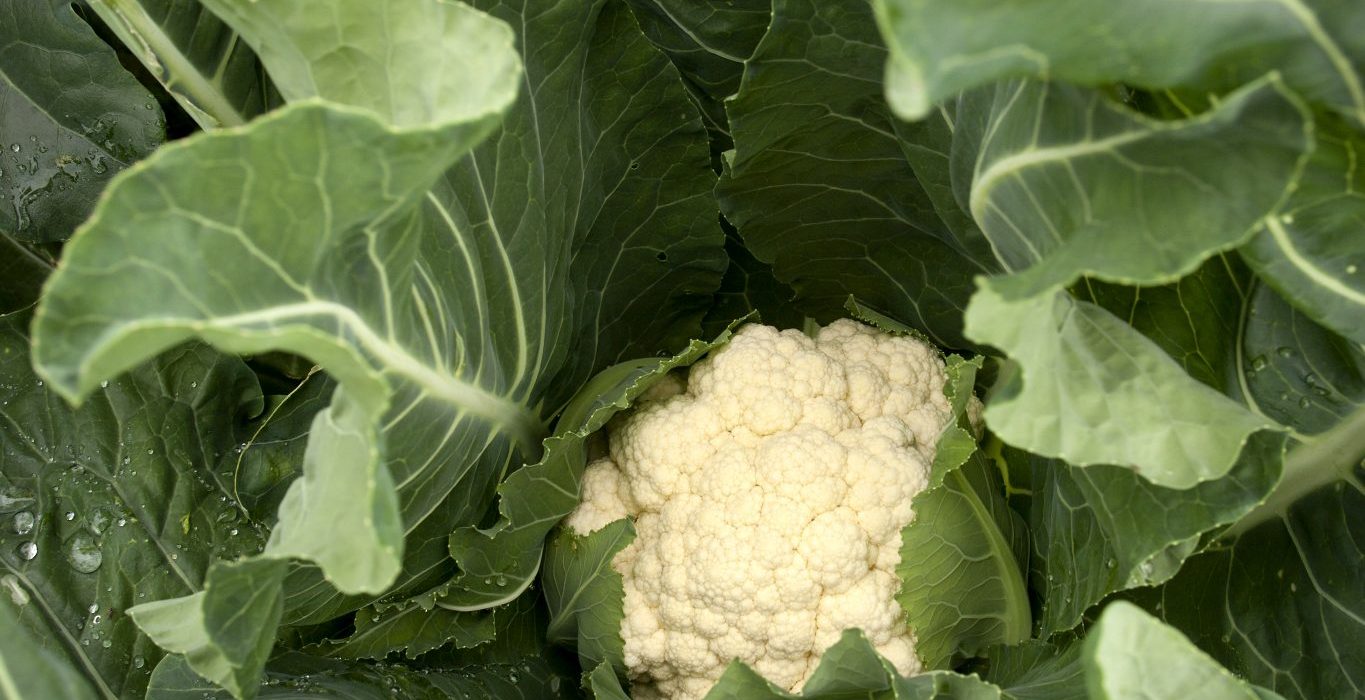Beets, Carrots, Cauliflower, etc.

Beets and turnips have been cultivated in the northern part of the world since the Bronze Age. In ancient manuscripts, there is evidence that our ancestors kept vegetable gardens from the beginning of settlement in Iceland. There is little information about what type of vegetables were grown, but it was most likely herbs and turnips. Rutabagas are an improved strain of turnips and first appeared in the 17th century. Cultivation got very difficult during a cold period lasting approximately from 1400 to 1900.
Beets, along with potatoes, are one of the most common root vegetables grown and used for cooking in Iceland. Today, even more types of root vegetables have been added, such as beetroot and carrots. Furthermore, we cultivate cauliflower, lemon, green cabbage, nutmeg, cabbage, broccoli and more. Many Icelanders have vegetable gardens, and school vegetable gardens have played a significant role in children leaning to do their own harvesting.
In hard times, women found ways of using any vegetation. During their travels around the country in 1752-1757 Bjarni Pálsson, then Iceland’s Director of Health, and Eggert Ólafsson encouraged people to make use of any edible vegetation. It is likely that this propaganda served its intended purpose. Sourgrass and clover were picked in the fall, compressed in clean containers and eaten in winter along with angelica root and dulse, but also infused in milk and drunken in the evening.
Nordic people knew of beans in the Middle Ages, and in the 18th century, a considerable amount was imported to Iceland. These were yellow maize kernels, famous as a side with salted meat, or made into a mash with butter. If beans were put in a canvas bag and boiled in the broth of smoked lamb, the dish was called “bag beans.” Smoked lamb and bag beans were a festive food eaten in Öræfi on Þorláksmessa, the 23rd of December. Green beans, which are now a standard side with smoked lamb, only became common during World War II.
Onion gardens were widely known, the most famous one being that of Guðrún Ósvífursdóttir. Cloisters paved the way for the growing of certain crops, such as turnips and beans. Þingeyri and Möðruvellir had large lettuce gardens at the end of the 17th century. Icelanders belatedly took to eating vegetables despite knowledge of their utility and nutritiousness.